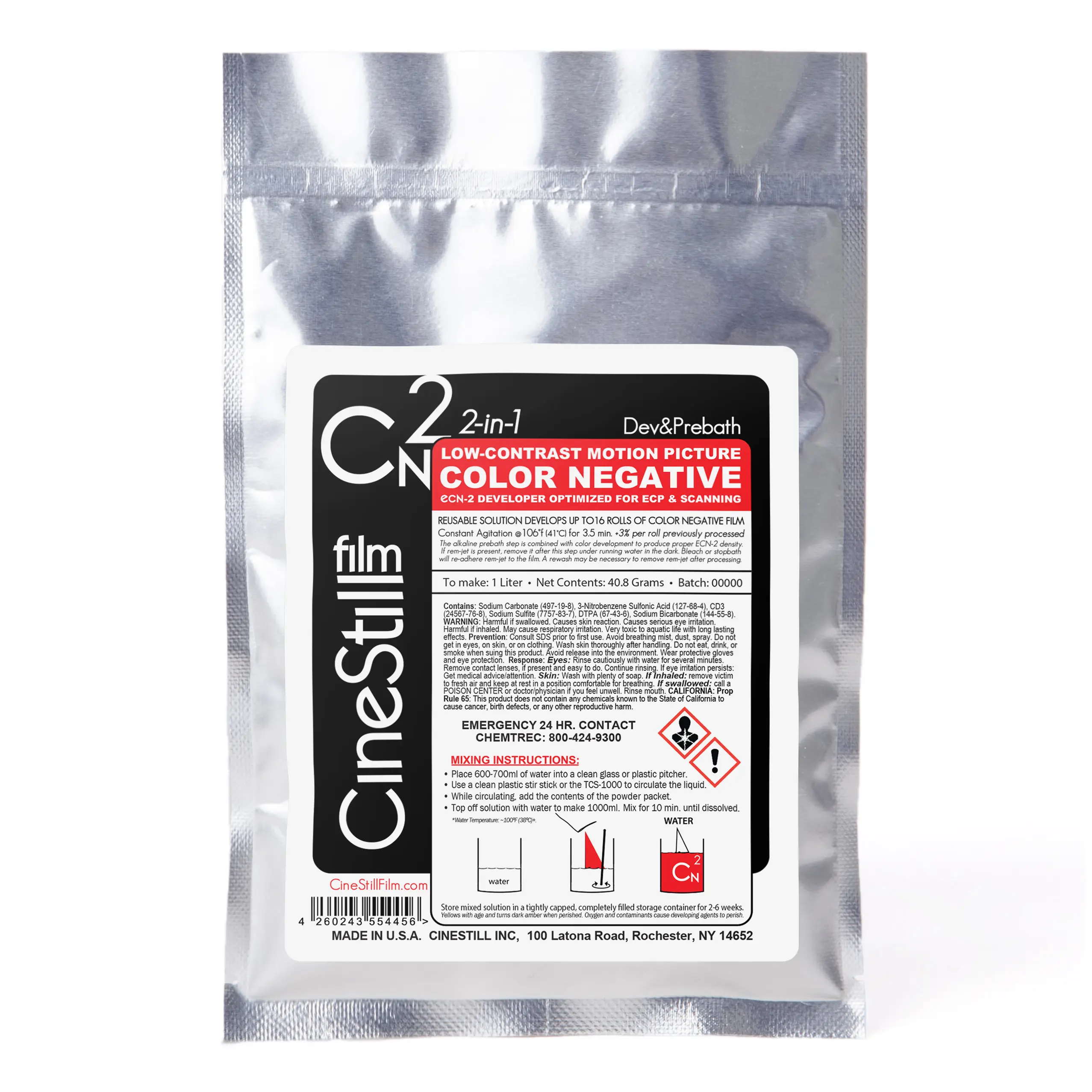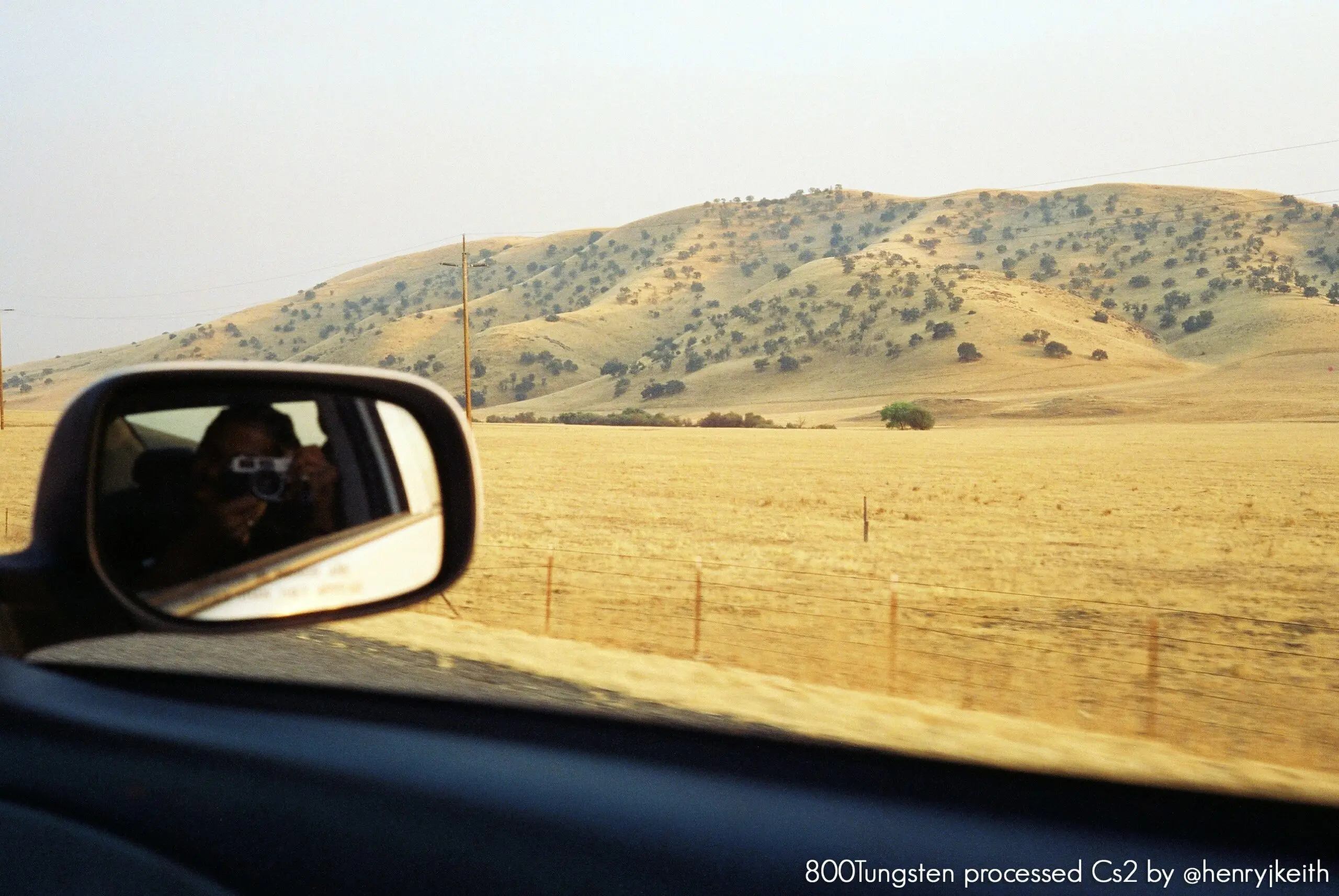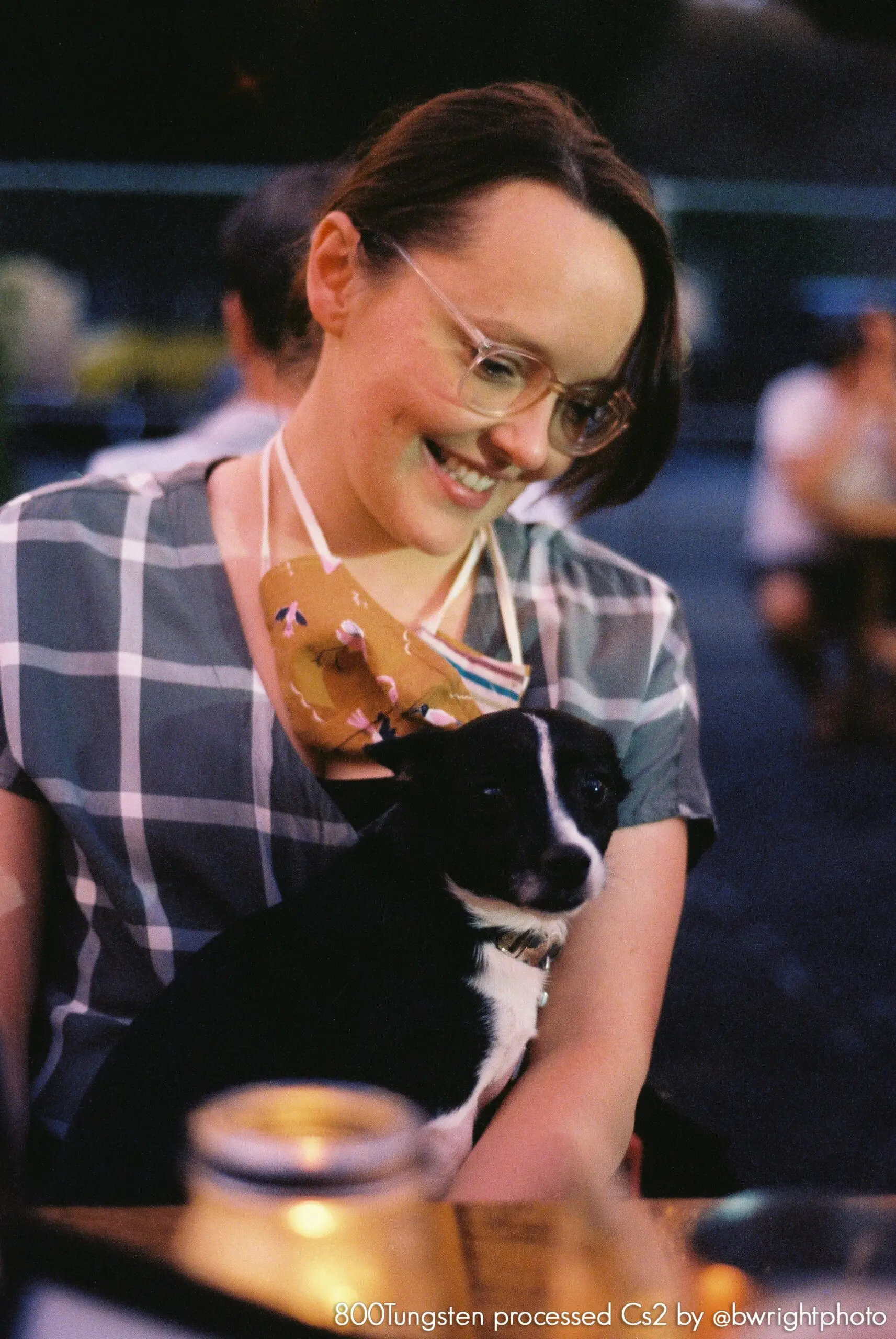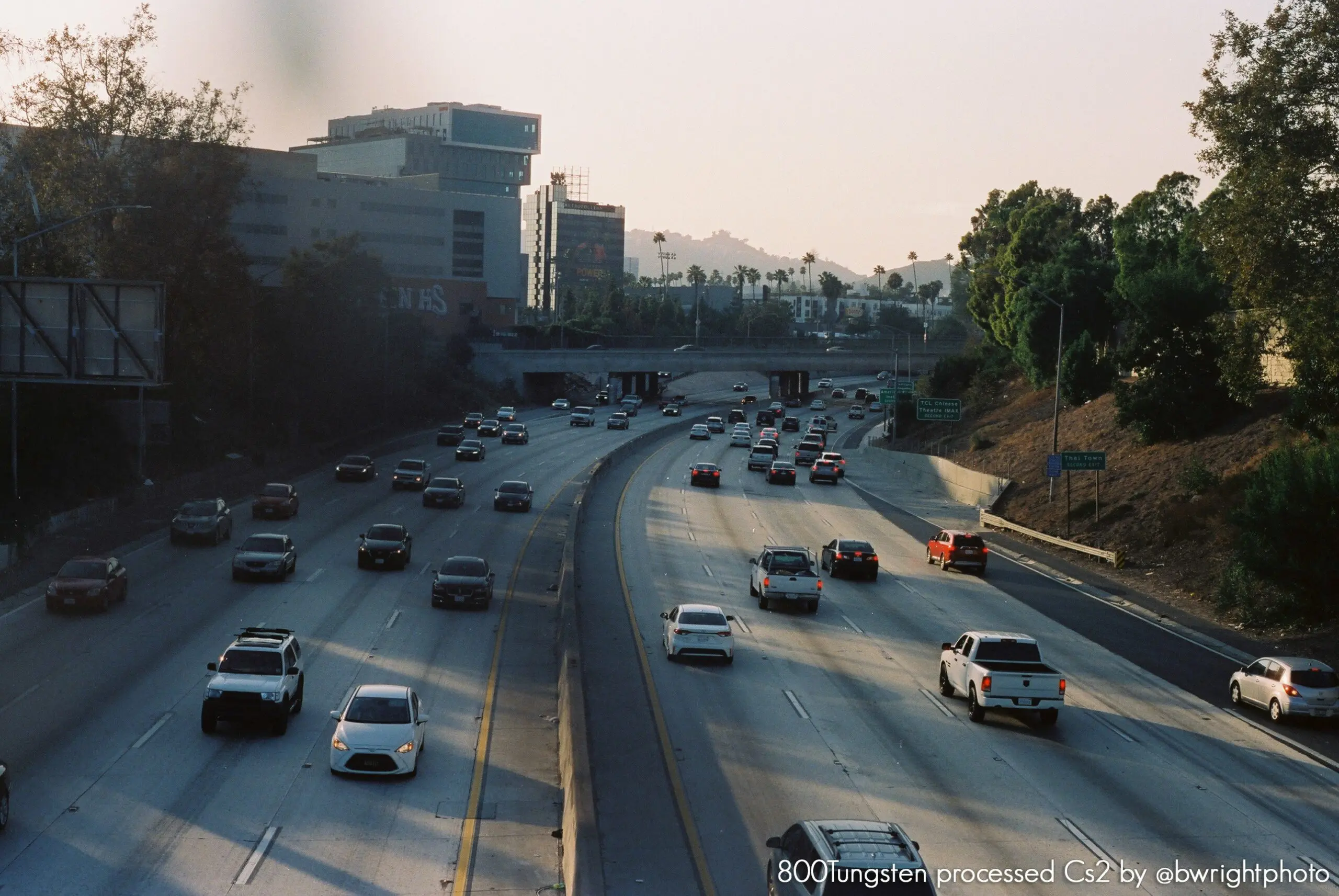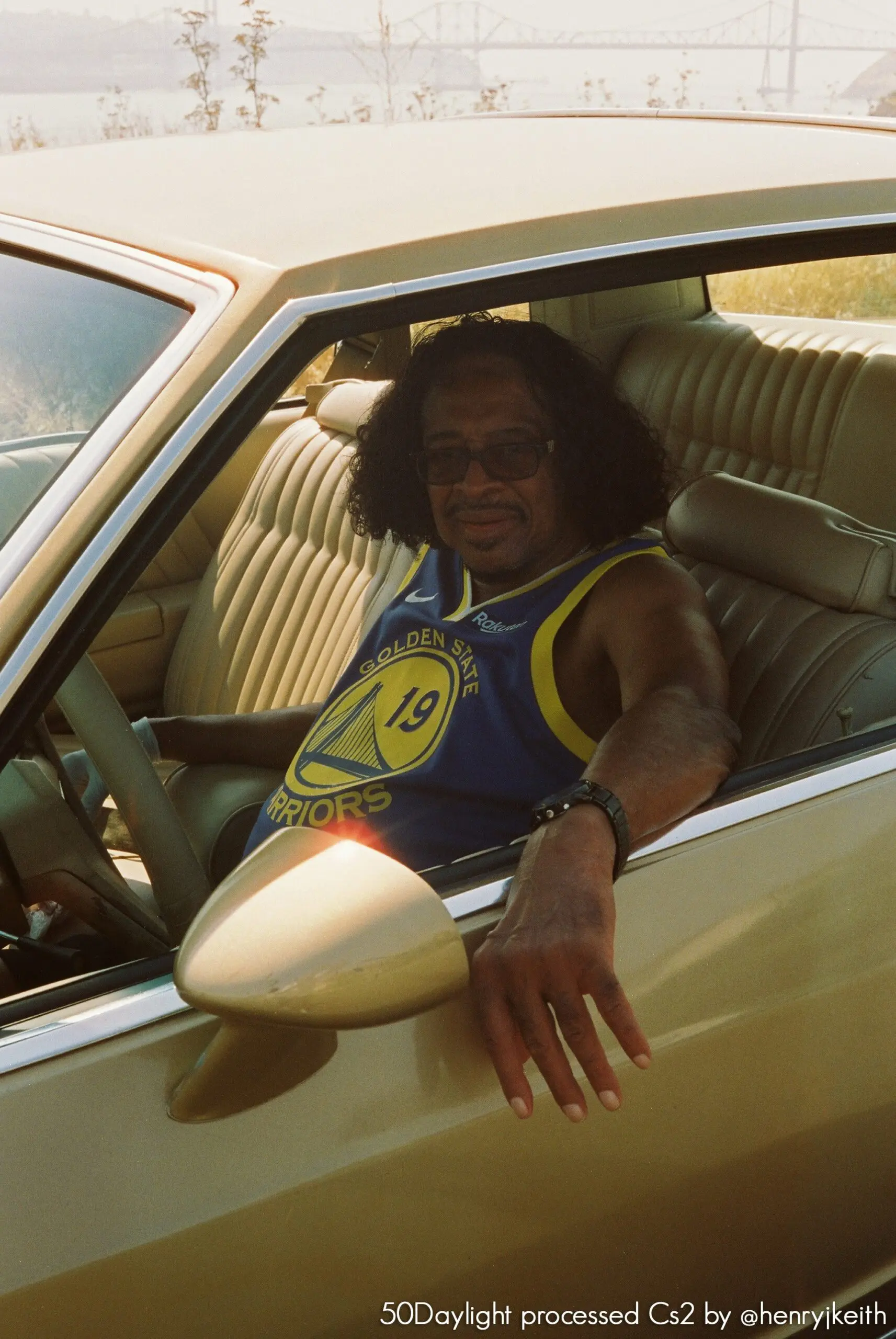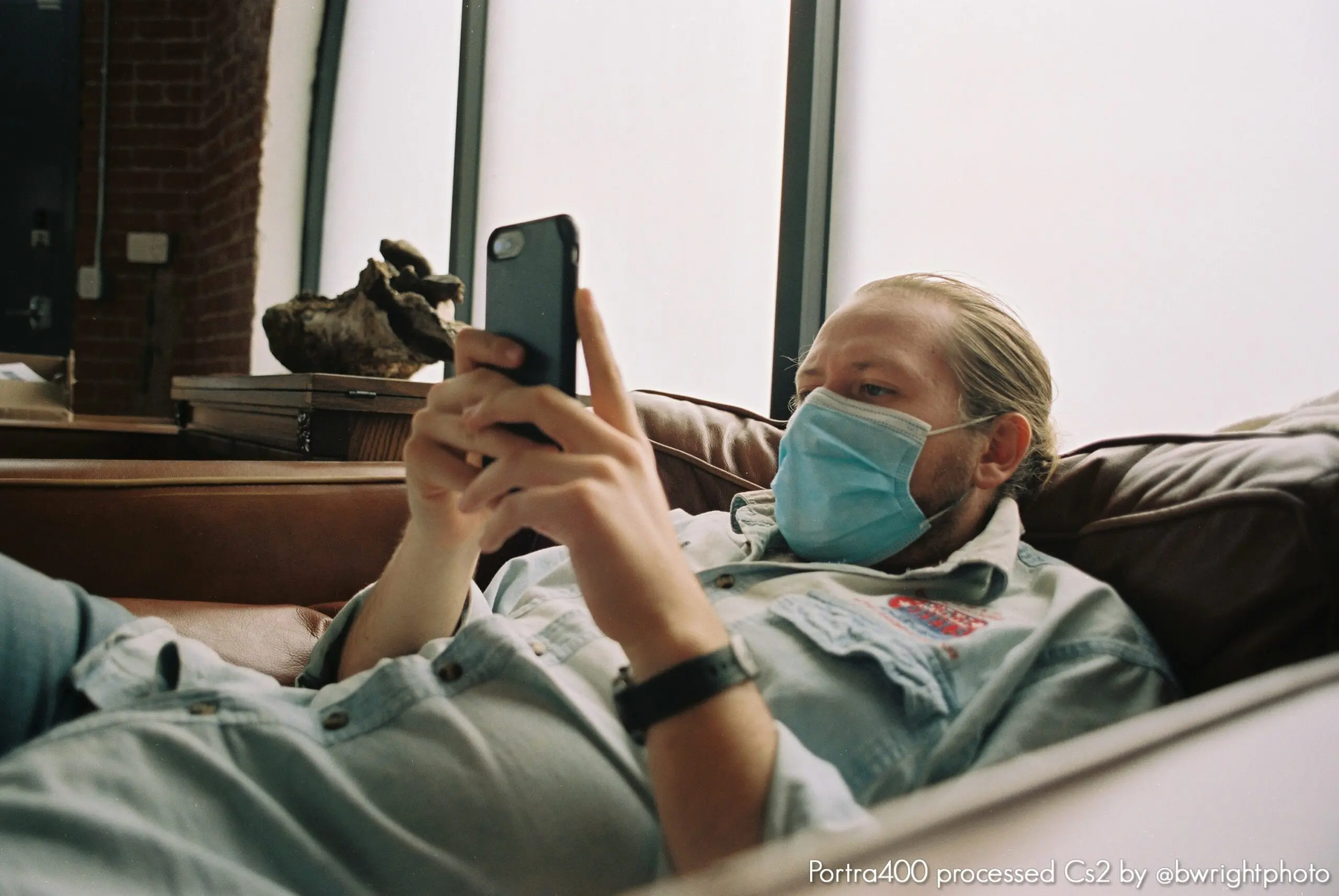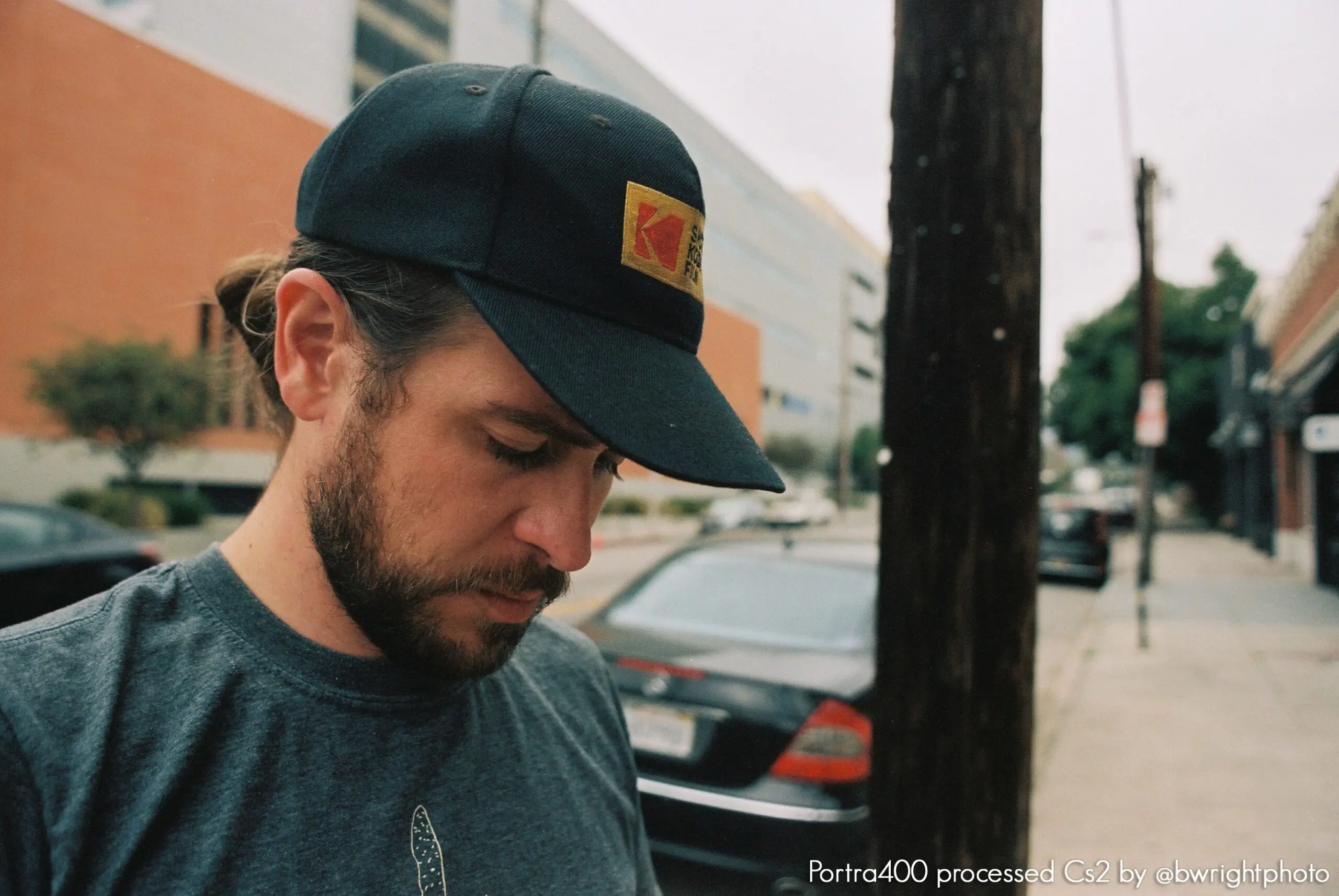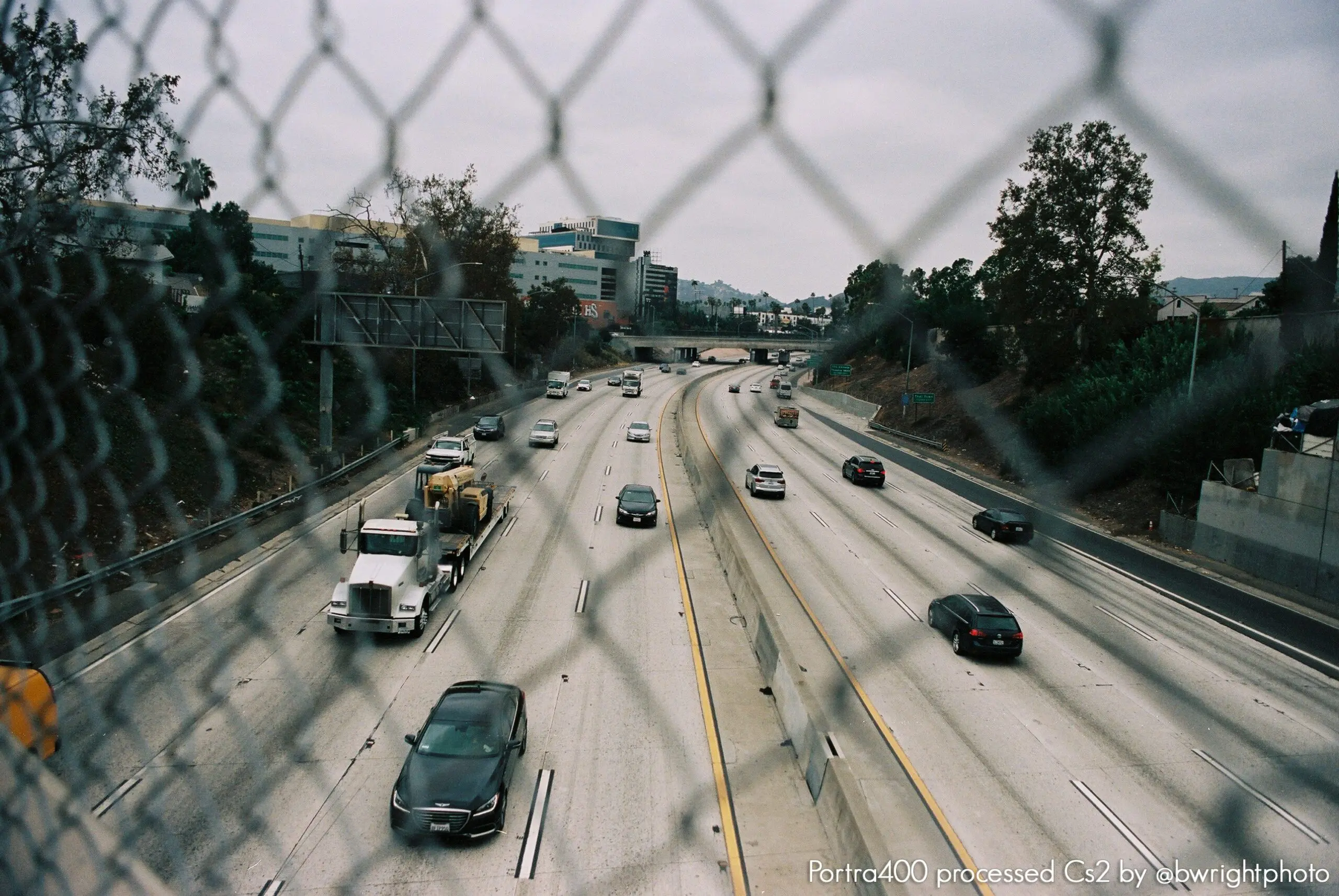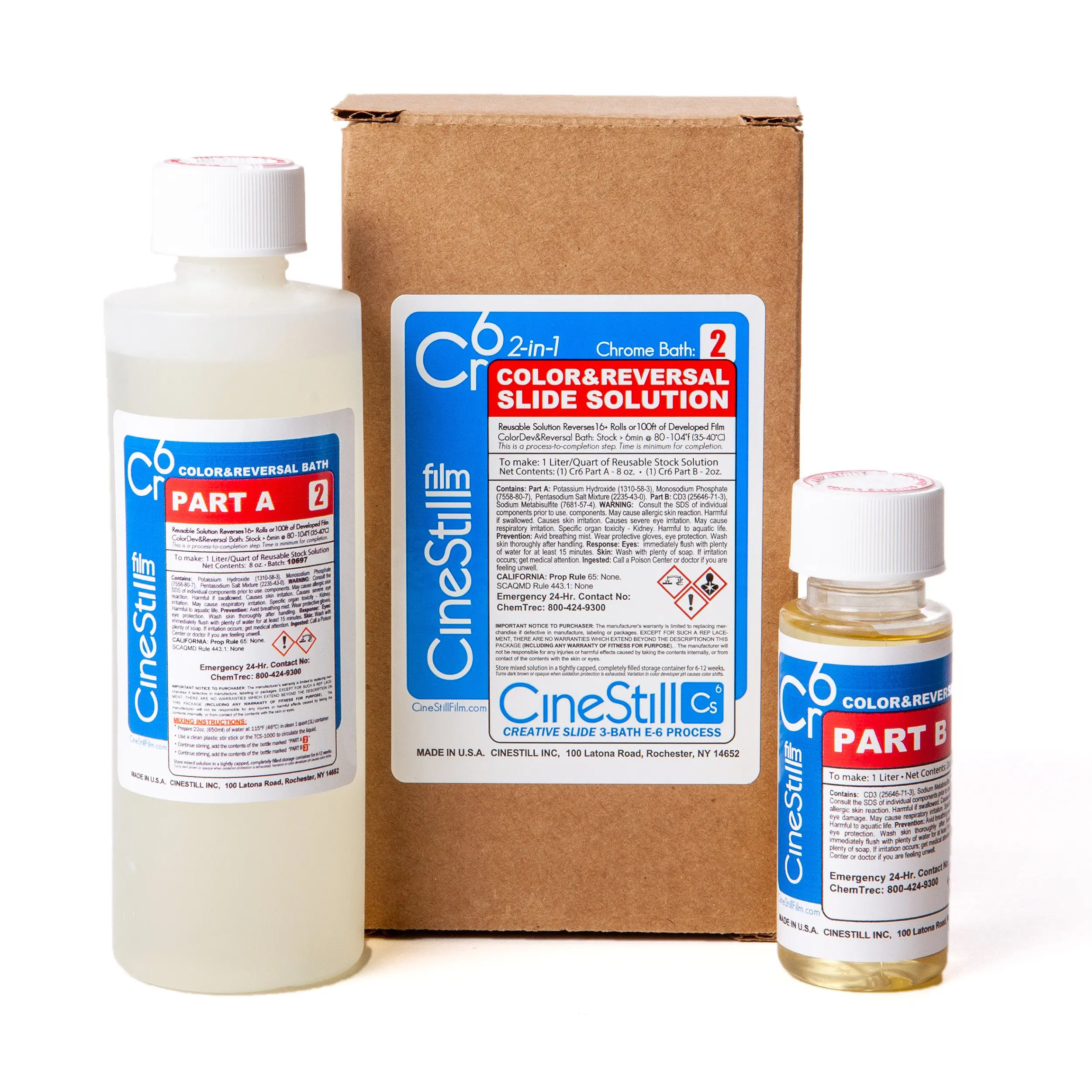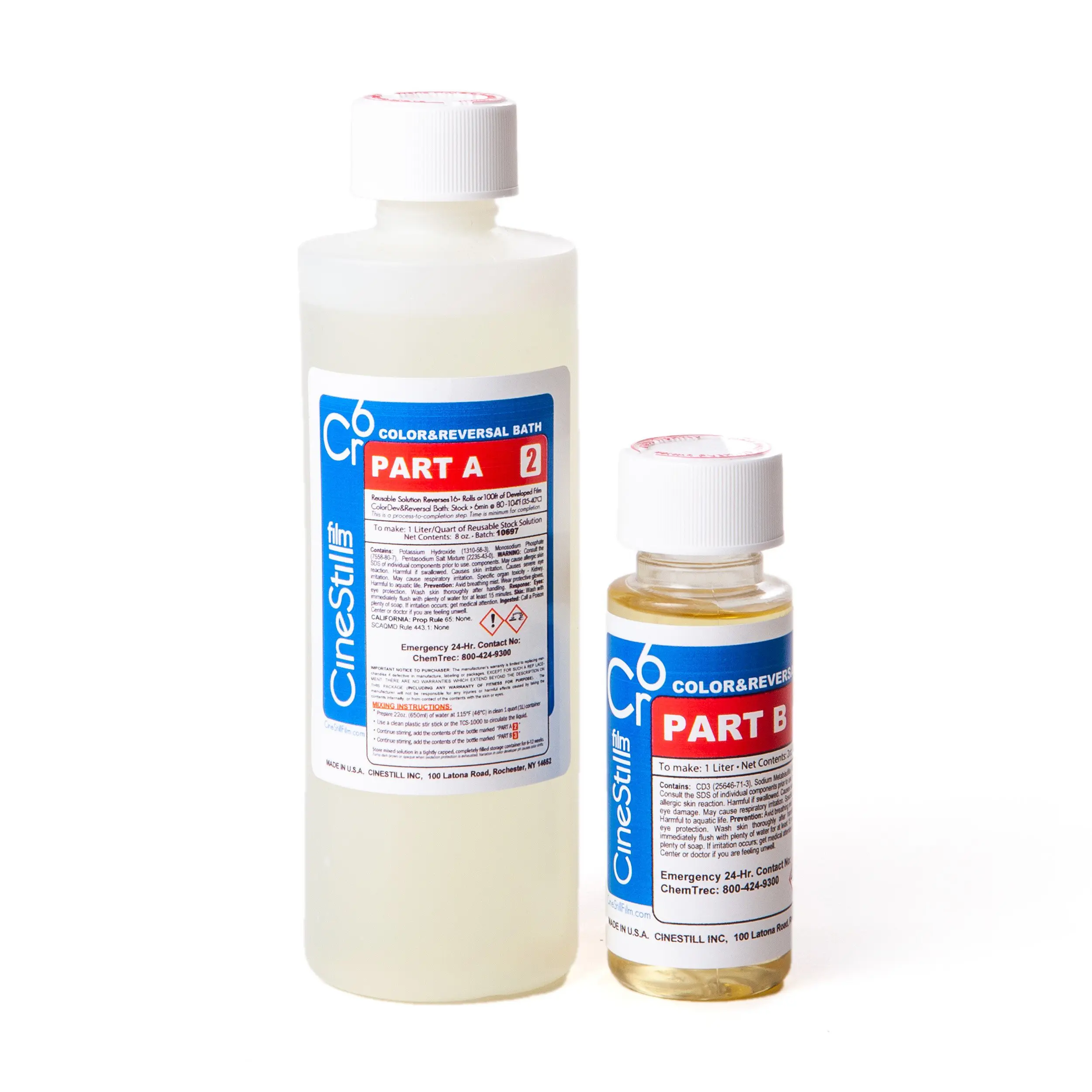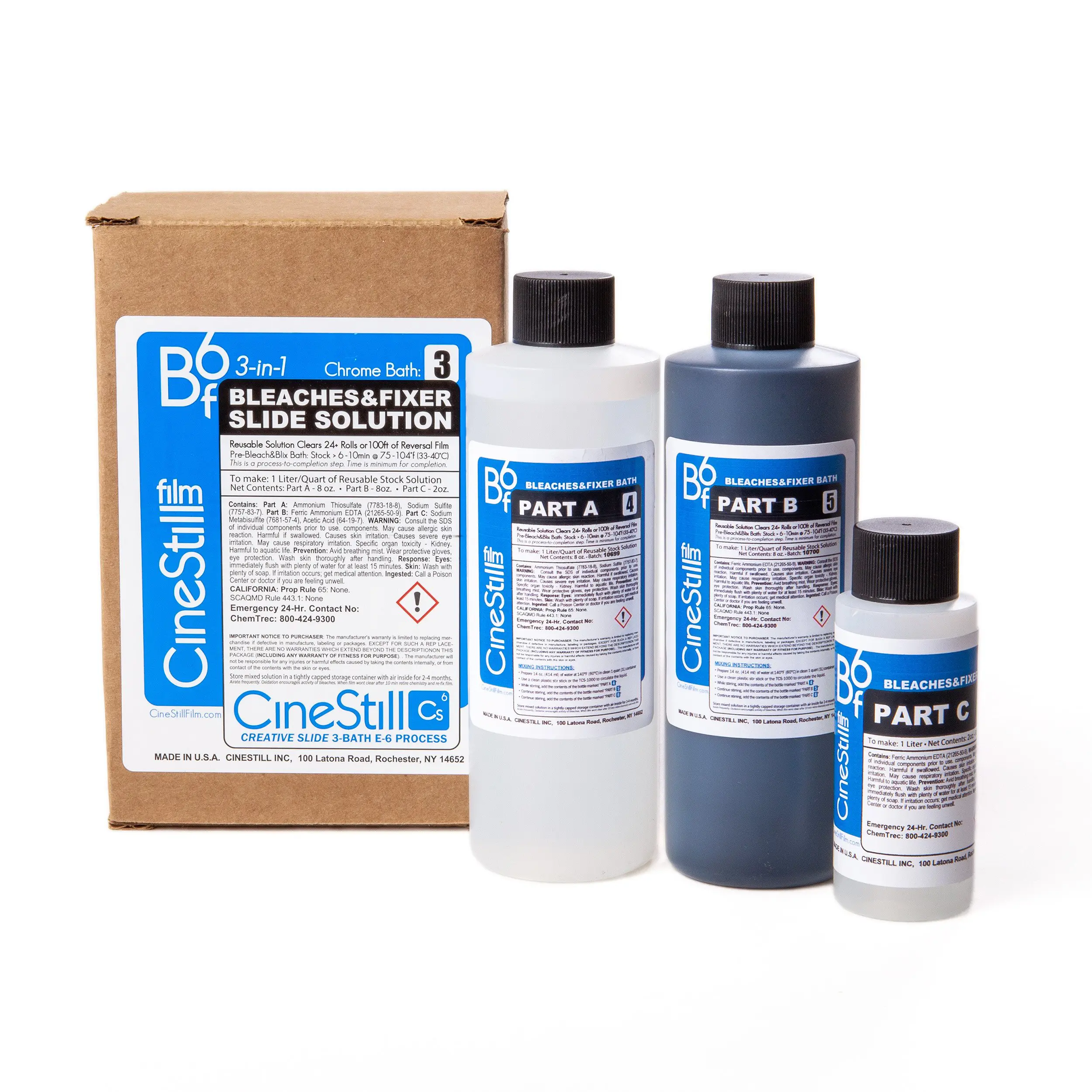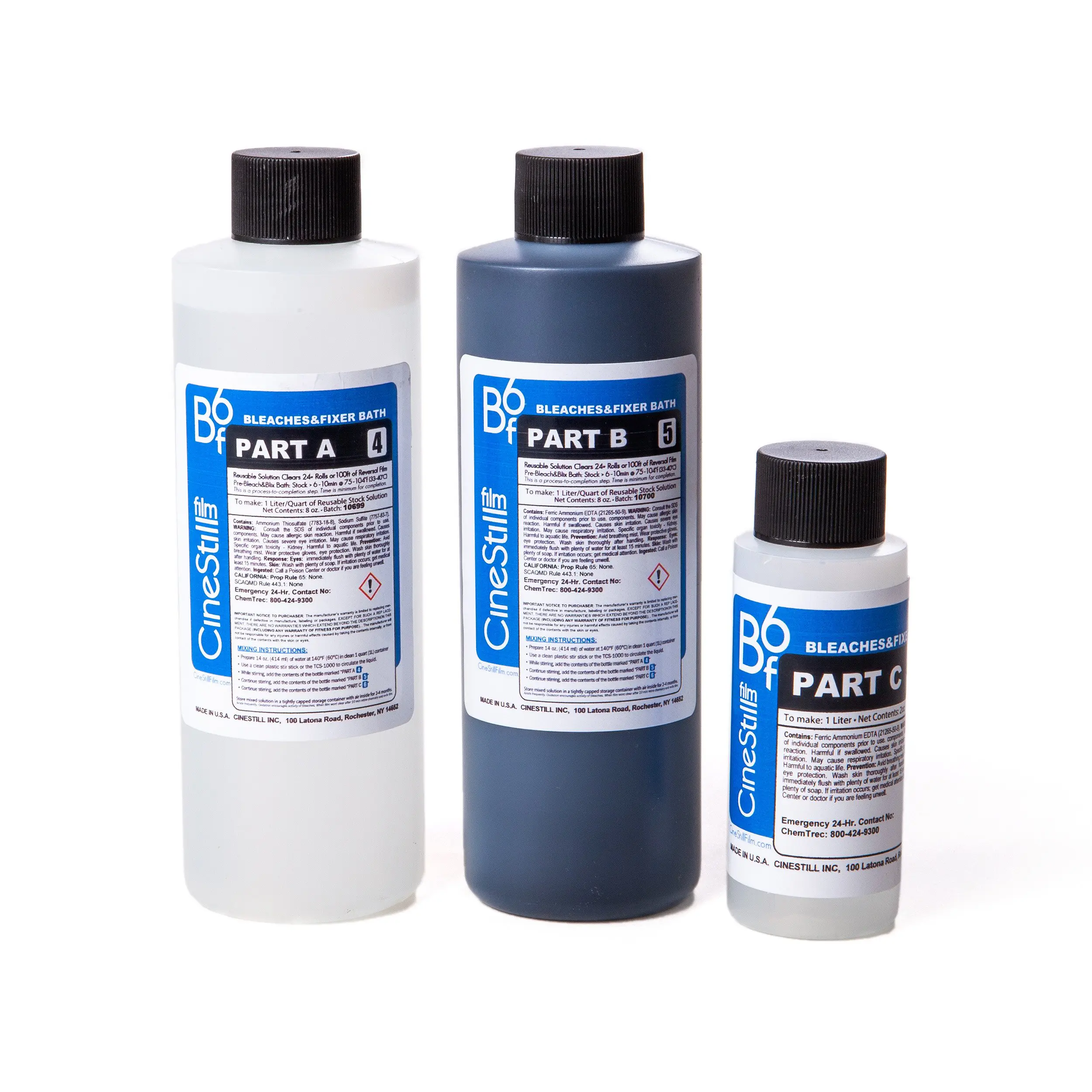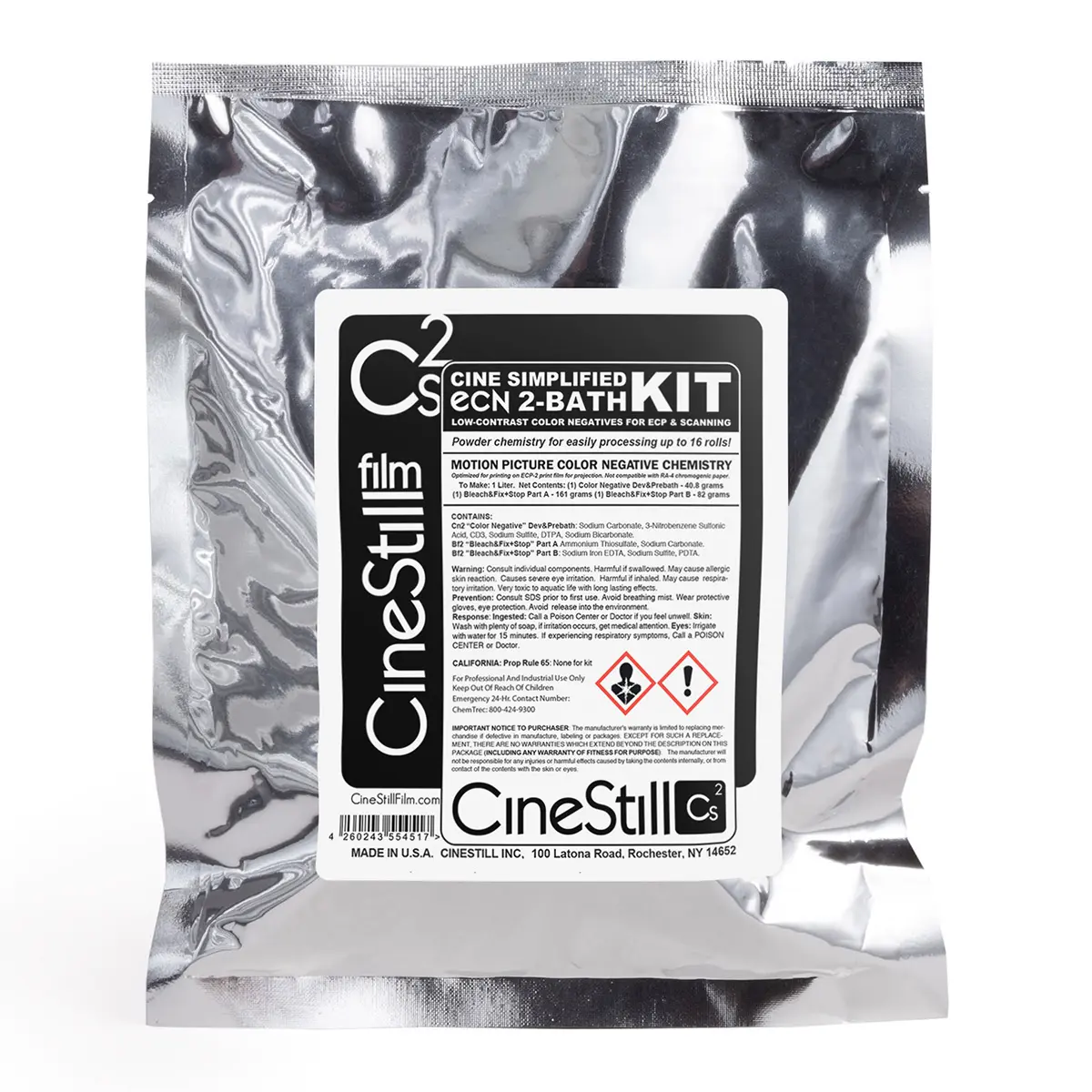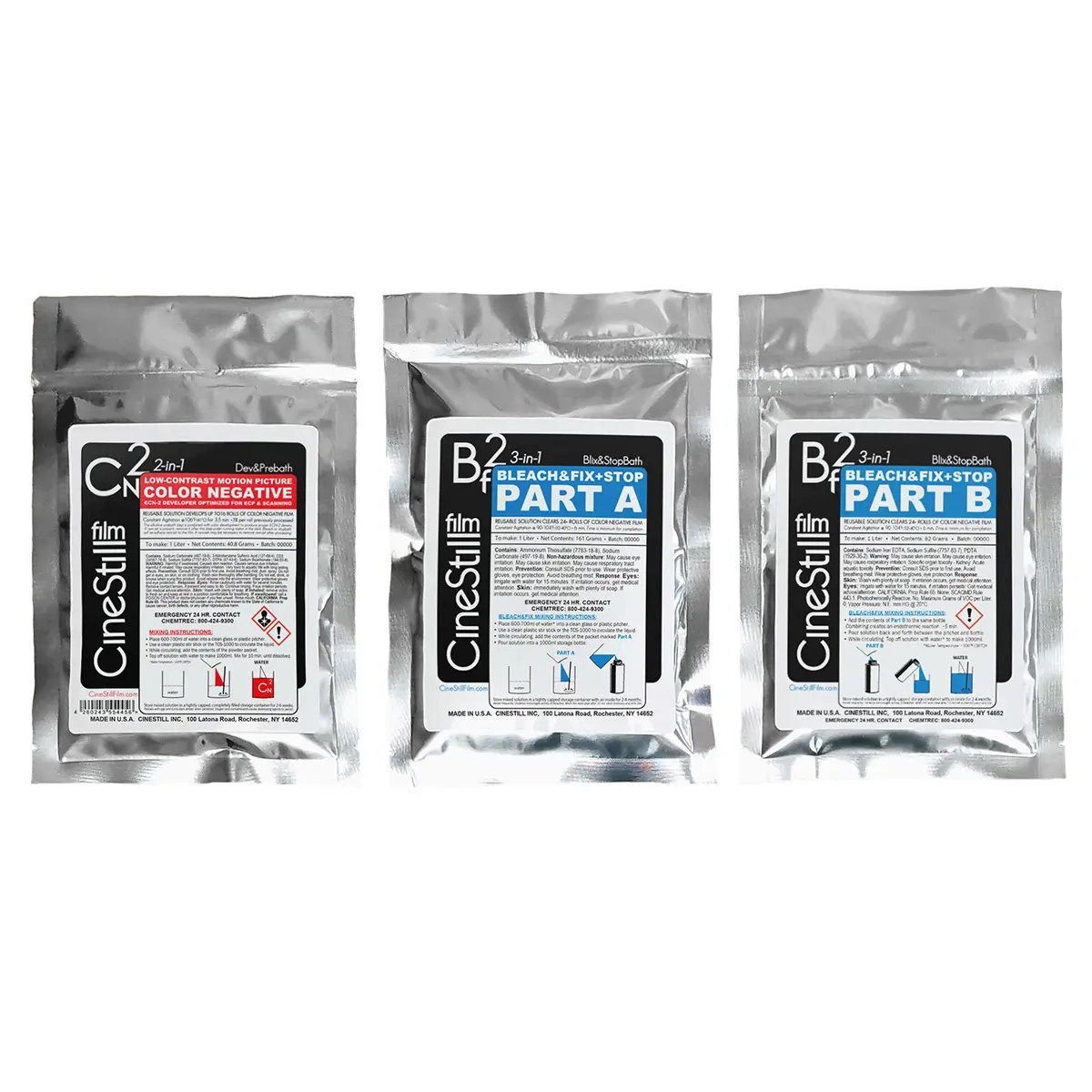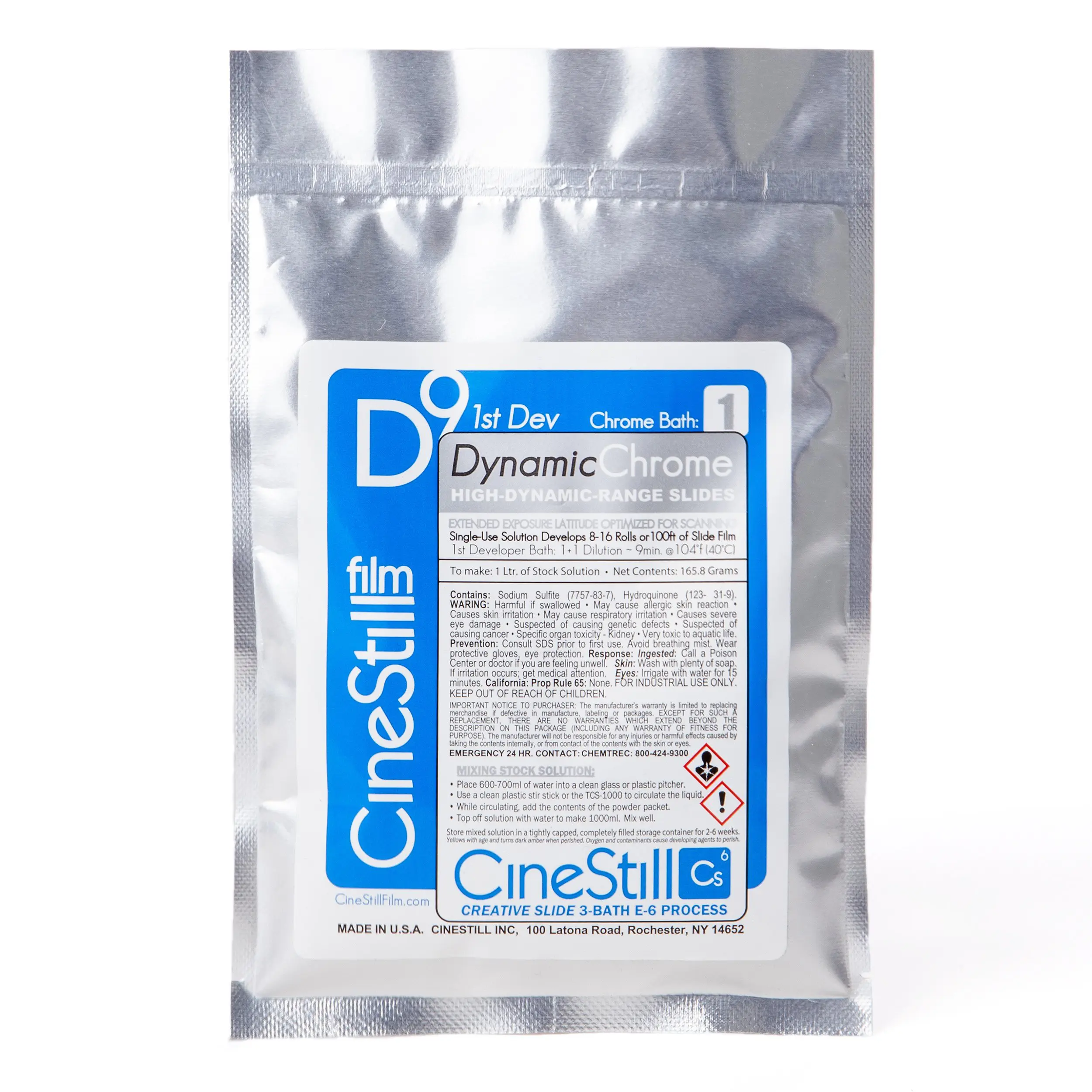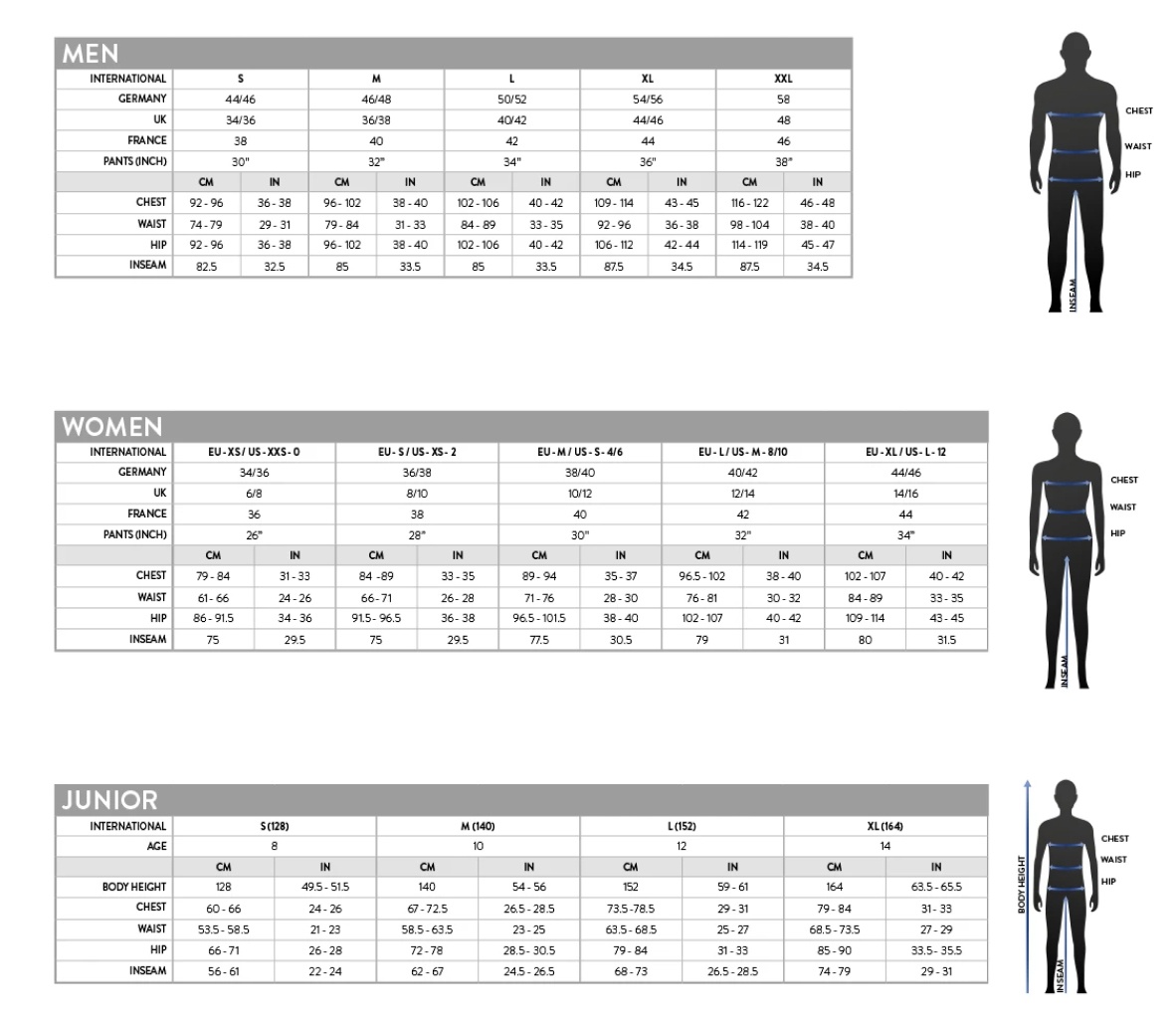• Great for extremely high contrast scenes or to achieve that cinematic look
• Optimized for motion picture logarithmic scanning and ECP film printing
• Essential chemical agents formulated for motion picture films
• No special processor needed (use standard processing tanks and reels)
• Ships without Limited Quantity Hazardous (ORM-D) regulations
• Excellent for bleach bypass processing with F96 rapid fixer
• Instructions for processing and Push/Pull processing included
• Not compatible with still photography RA-4 chromogenic paper
• More difficult to maintain higher temperature than Cs41
• Less film capacity than the Cs41 process (16 rolls)
• Recommended +1 stop of overexposure
• Thinner low-contrast negatives
Available on backorder
After years of research & development, CineStill has now formulated the only safe and consistent way to process stills with the same characteristics Hollywood expects, from the comfort of your home. Process or Bleach-Bypass ANY color negative film with Cn2 Low-Contrast Developer!
*Not intended for RA-4 chromogenic printing!
The Cn2 “COLOR NEGATIVE” developer is combined with the pre-bath accelerant, to produce proper ECN-2 density, for CineStill negatives that match the characteristic curves for true motion picture processing. Reusable solution develops 16+ rolls color film and can be reused alongside the Bf2 Blix bath following the Cs2 instructions, or F96 Rapid Fixer for Bleach-Bypass color process. Bleach-bypassed color film requires Rapid Fixer (ammonium thio) to fully clear the color dyes. The “Bleach-bypass” color process, also known as skip bleach or silver retention, is a process of skipping the step of bleaching during processing of color films. By doing this, silver is retained in the emulsion along with color dyes. The result is a black and white image over a color image. The images usually have reduced saturation along with increased contrast and graininess. And if you ever want to remove the effect you can simply process it in the Bf2 bath included in our Cn2 ECN 2-Bath Kits.
Motion Picture “Bleach-bypass” was first used in cinematography by Japanese filmmaker Hiroshi Inagaki in film Rickshaw Man (1957). Kazuo Miyagawa, as Daiei Film’s cameraman, invented bleach bypass for Inagaki’s film, inspired by the color rendition in the original release of Moby-Dick (1956), printed using dye-transfer Technicolor, and was achieved through the use of an additional black and white overlay. Actually, this is a throwback to pre-1944 Technicolor, which incorporated a silvercontaining “blank receiver”. Despite this early foray into the technique, it remained overlooked for the most part until its use by Roger Deakins for 1984 (1984). The effect has subsequently become a regular development tool in labwork, and has remained in widespread use. Practitioners include cinematographers Rodrigo Prieto, Remi Adefarasin, Darius Khondji, Dariusz Wolski, Walter Carvalho, Oliver Stapleton, Newton Thomas Sigel, Park Gok-ji, Shane Hurlbut, Steven Soderbergh (as “Peter Andrews”), Tom Stern, Vittorio Storaro, and Janusz Kamiński (notably on Steven Spielberg’s Saving Private Ryan and Minority Report.

